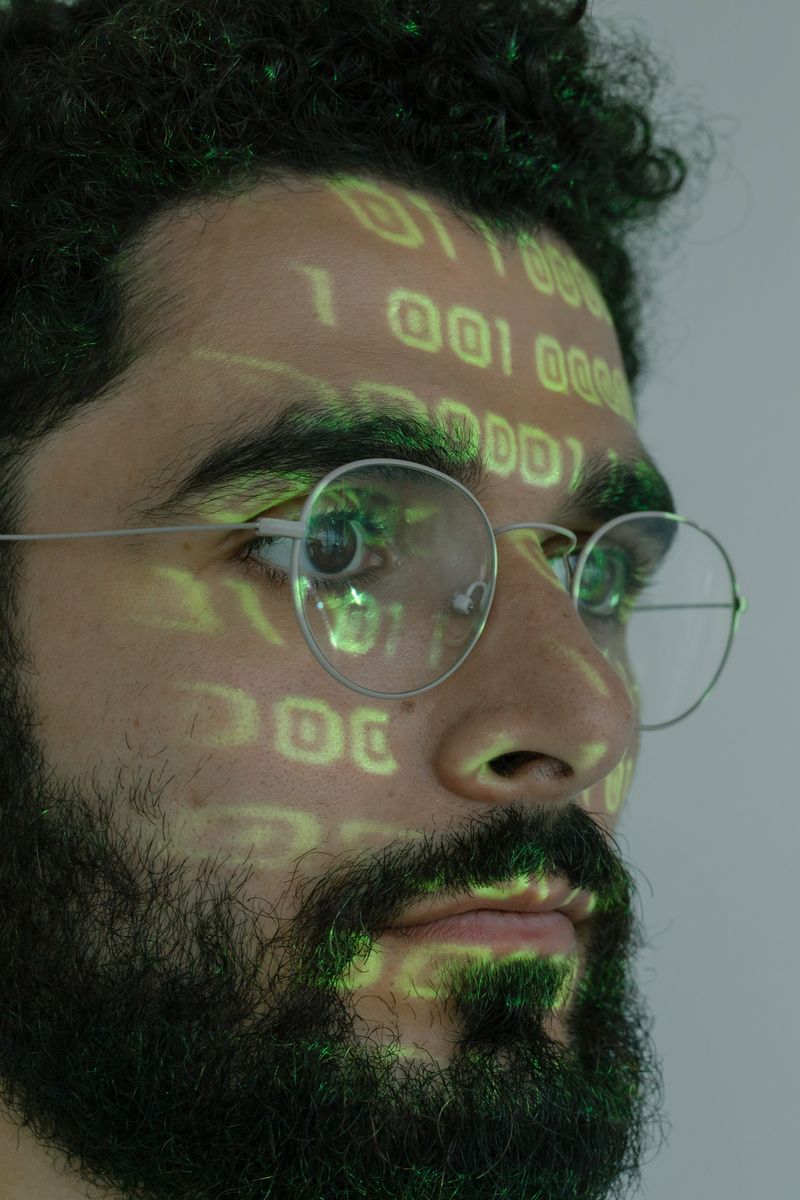Report: The Growing Trend of Distributed Workforce and the Need for Unified XDR and SIEM Solutions in Cybersecurity
Introduction
In recent years, there has been a significant increase in the number of distributed people, applications, data, and identities within organizations, largely driven by the growth of remote work. As employees continue to work from dispersed locations, companies have had to adopt new technologies to support them, including large-scale cloud platforms and software-as-a-service solutions. However, this trend also poses security challenges for organizations, as it broadens the attack surface that security teams need to monitor and leads to an increase in security alerts due to the sheer number of assets and identities to protect.
The Challenge of Distributed Workforce
A recent study by Gartner estimates that by the end of 2023, fully remote and hybrid workers will make up 71% of the US workforce. This shift towards remote work presents a significant challenge for security teams, as they need to ensure the security of a dispersed workforce and an expanded infrastructure. Additionally, security teams often lack complete visibility into employee adoption and usage of company-issued applications, making it difficult to accurately assess the company’s risk posture.
The Need for Unified XDR and SIEM Solutions
To address these challenges, organizations can implement unified extended detection and response (XDR) and security information and event management (SIEM) solutions. Unified XDR and SIEM solutions enable security teams to better correlate and contextualize security alerts across the entire infrastructure, simplifying the process of monitoring and responding to threats.
XDR and SIEM Simplifying Security Alerts
Cyber defenders are being pushed to do more with less, as the cybersecurity field faces a significant labor shortage. According to a Microsoft research study, 40% of security leaders reported feeling at extreme risk due to this shortage. In the face of an ever-evolving global threat landscape, reducing alert fatigue and enabling efficient response become crucial.
Unified XDR and SIEM solutions counter alert fatigue by reducing the billions of individual XDR signal data into fewer alerts and incidents. XDR allows security teams to collect security alerts from across the enterprise, integrating data from endpoints, networks, applications, cloud workloads, and identity infrastructures. By connecting these disparate alerts and analyzing the data, XDR helps prioritize which alerts to address based on their potential risk to the enterprise. This unified view also facilitates visualizing how attackers can move throughout the network.
SIEM complements XDR by applying advanced analytics and threat intelligence to the data gathered, making alerts more actionable. By distilling down the information into only the most relevant insights, SIEM reduces the amount of information security teams have to analyze, enabling them to respond more effectively.
Creating a Single-Pane-of-Glass View
Unified XDR and SIEM can be utilized to create a single-pane-of-glass view that allows security teams to monitor and respond to threats across the entire enterprise, regardless of the IT infrastructure’s complexity (multicloud, hybrid cloud, or on-premises). This holistic view provides clarity and enhances the organization’s ability to detect and respond to cyber threats.
The Impact of Cybercrime
The modern threat landscape is evolving rapidly, with cybercriminals constantly seeking new avenues of attack. In 2022, Microsoft’s Digital Crimes Unit took down 531,000 unique phishing URLs hosted outside of Microsoft, highlighting the prevalence and seriousness of phishing attacks. Additionally, password attacks have increased by 74%, with an estimated volume of 921 attacks occurring every second.
Phishing emails, in particular, pose significant risks, as threat actors can infiltrate an entire organization within just 72 minutes once a malicious link has been clicked. This highlights the urgency and criticality of effective cybersecurity measures.
Conclusion
As the trend of distributed workforces continues to expand, organizations must take proactive steps to protect their assets and mitigate cybersecurity risks. Unified XDR and SIEM solutions provide a comprehensive approach to simplifying security alerts, enhancing visibility, and enabling efficient response to threats. By unifying these technologies, organizations can move beyond protective controls and strengthen their defenses with sophisticated detection and response capabilities.
It is imperative for organizations to prioritize cybersecurity and invest in advanced technologies to counter the growing threat landscape. Additionally, taking proactive measures like regular employee training, implementing strong access controls, and maintaining up-to-date security protocols are essential in minimizing the risk of cyberattacks. By adopting a holistic approach to cybersecurity, organizations can better protect their digital assets and safeguard their operations in an increasingly distributed and interconnected world.

<< photo by monicore >>
The image is for illustrative purposes only and does not depict the actual situation.
You might want to read !
- National Security and AI: Insights from Deputy Advisor Anne Neuberger
- Parsing the Power: Unveiling the CPU’s Achilles’ Heel in Data Theft
- “Securing the Web: Firefox Releases 116 Patches to Combat High-Severity Vulnerabilities”
- The Rising Threat: One-Third of Industrial Control Systems Left Exposed
- Exploring the Revamped BloodHound: Unveiling the Community Edition




